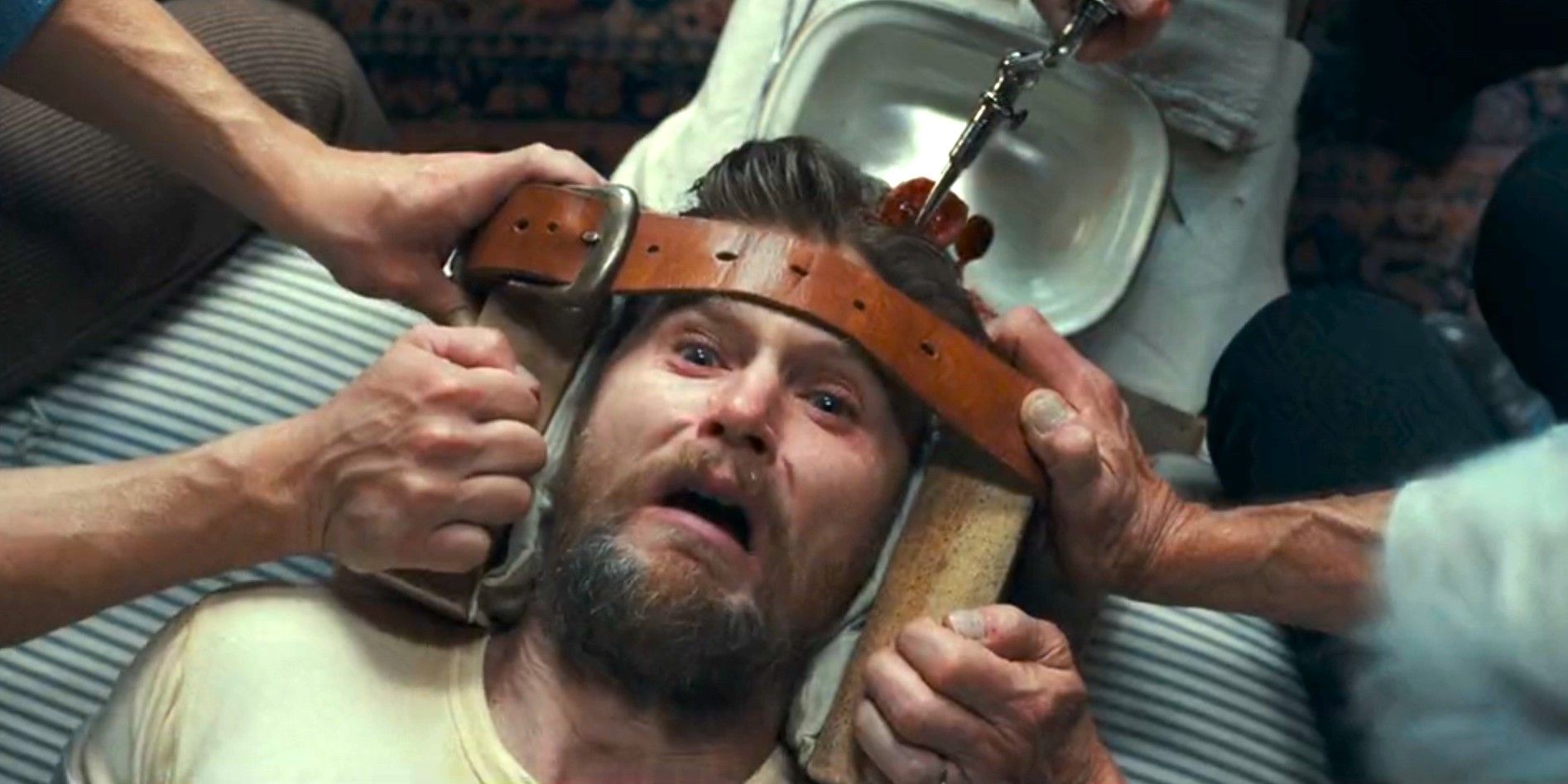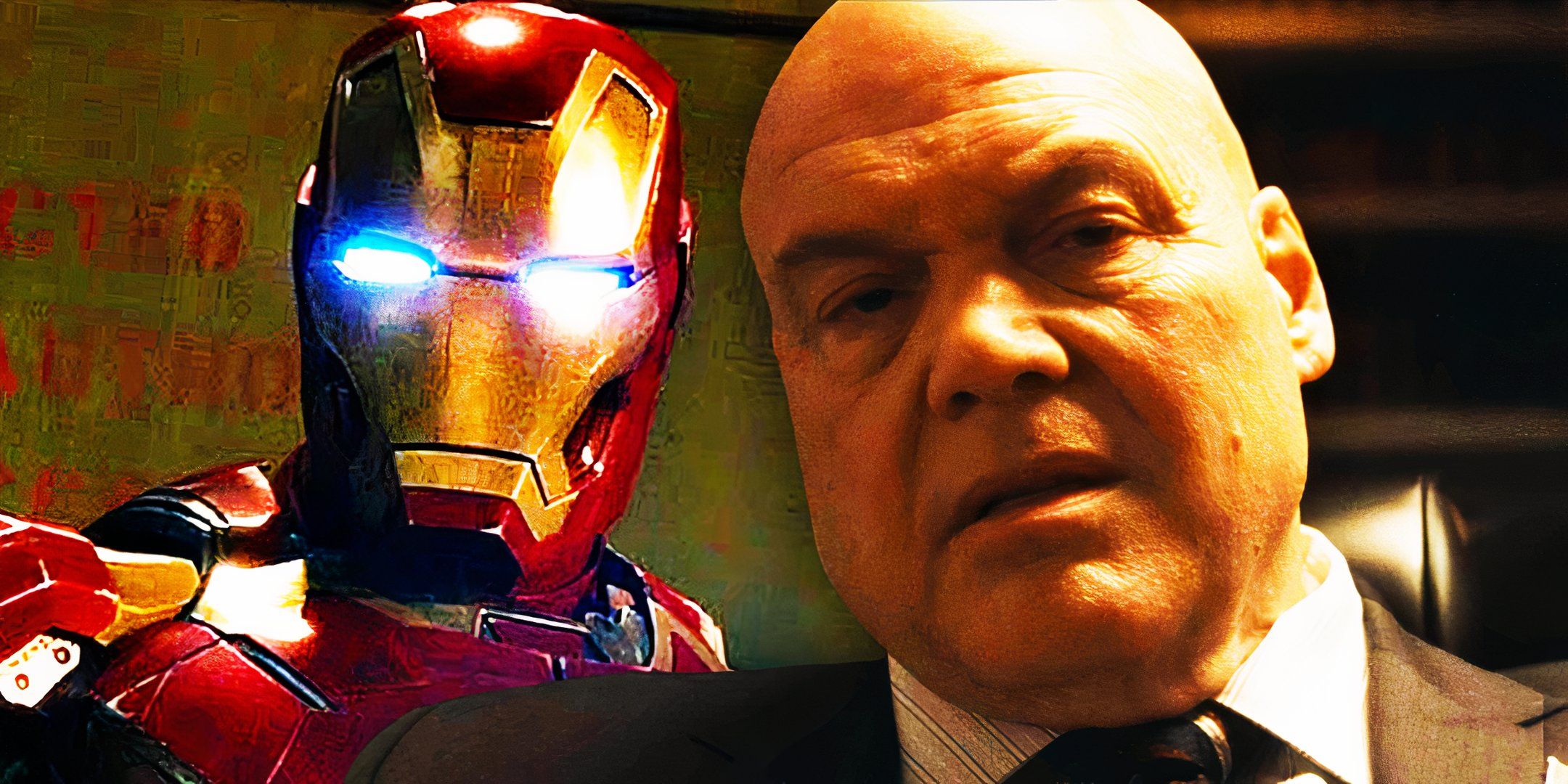Wolf Hall True Story: Did Henry VIII Really Get Married On The Day Of Cromwell’s Execution?
Warning: Contains SPOILERS for Wolf Hall: The Mirror and the Light, episode 6.The finale of Wolf Hall delivered a powerful and poignant conclusion. The prestige historical drama returned this year after a long hiatus but made sure the wait was worth it throughout the sophomore season. The finale employs a recurring motif that has become a hallmark of the series: the striking juxtaposition of death and Henry VIII's marriages in Wolf Hall. This cyclical structure, evident from the very first episode, reaches its zenith as Thomas Cromwell's (Mark Rylance) execution is dramatically offset by Henry VIII's (Damian Lewis) marriage to Catherine Howard (Summer Richards).
This mirroring not only provides a sense of closure but also draws compelling parallels between Cromwell and Anne Boleyn (Claire Foy), highlighting the ruthless nature of Tudor court politics and the precariousness of even the most powerful positions. Along with the artistic allegories used in Wolf Hall's tapestries, the show uses this visual and narrative technique to create a profound and lasting impact, underscoring their shared fates — both ultimately discarded by a king driven by shifting desires and political expediency.
Cromwell's Death Is Correctly Juxtaposed With Catherine Howard Being Dressed
Henry VIII Really Did Marry Catherine Howard On The Same Day
Close
Henry VIII's chief minister, Thomas Cromwell, went from humble beginnings to having immense power in England. However, after orchestrating King Henry's ill-fated marriage to Anne of Cleves, Cromwell, despite initially being pardoned, fell victim to his enemies (via HRP). While Henry had defended him from them up to this point, his anger about the marriage made him more vulnerable to manipulation. They persuaded Henry that Cromwell was plotting treason, leading to his execution at Tower Hill despite his desperate pleas for, as he famously stated in his letters to Henry, "mercy, mercy, mercy," — replicated in Wolf Hall.
Wolf Hall also portrays Henry VIII beginning his next marriage on the same day as Cromwell's execution; incredibly, this is true. The date of both events was July 28, 1540. Their wedding was at Oatlands Palace in Surrey; Catherine was formally recognized as queen at Hampton Court Palace on August 8. The motto adopted by Catherine was "Non autre volonté que la sienne," meaning "No other will but his." By the time of his fifth marriage, Henry VIII was 49, while Catherine was only 17. The French ambassador described the well-liked Catherine as "delightful" (via The History of England).
The Death And Marriage Juxtaposition Brings Wolf Hall Full Circle
Wolf Hall’s Storytelling Has A Cyclical Structure
Close
The striking juxtaposition of death and marriage in Wolf Hall creates a powerful sense of closure, bringing the narrative full circle. Early in the series, viewers were confronted with a particularly potent example of this technique: the starkly contrasting imagery of Anne Boleyn's execution interwoven with scenes of Henry preparing for his marriage to Jane Seymour (Kate Phillips). The show's visual presentation amplifies the historical reality of this swift remarriage, occurring just ten days after Anne's death.
Related How Historically Accurate Was Anne Boleyn’s Execution In Wolf Hall? Acclaimed Wolf Hall has returned for season 2 and has picked up where it left off — but how historically accurate was Anne Boleyn’s execution?
This artistic choice transcends mere historical recounting — it elevates Wolf Hall to the level of prestige drama. The poetic juxtaposition of these life-altering events — one ending in brutal finality, the other beginning with hopeful anticipation — speaks to the cyclical nature of power and the relentless march of time within the Tudor court. This masterful use of visual storytelling is a key factor contributing to Wolf Hall's enduring appeal and widespread critical acclaim, solidifying its place as a compelling and thought-provoking historical drama.
Wolf Hall's Full Circle Moment Parallels Cromwell With Anne Boleyn
Thomas Cromwell And Anne Boleyn Were Both Essentially Discarded
Another dramatic effect of the marriage and death storytelling is that it compares Thomas Cromwell's fate to Anne Boleyn's. While Wolf Hall's source material by Hilary Mantel is sympathetic to Cromwell, adapting it visually gives the mirrored fate of these two figures a poetic irony. The cyclical nature of the show emphasizes this, but it is not the only way they are mirrored. It is also obvious that leading up to their respective prosecutions, they had both become less useful to Henry VIII. As Norfolk identifies in the episode, Henry is quick to discard people.
Wolf Hall has Cromwell haunted by Boleyn's death.
In Anne's case, it was a miscarriage that was the tipping point for Cromwell to pounce on to begin mounting a damning case against her. In Cromwell's case, the scene was set for Henry becoming impatient with him in the previous episode. The lengthy yet gripping scenes in the Wolf Hall finale when Cromwell is conversing with his accusers show the "evidence" of his treason, including Cromwell's alleged intentions to marry Lady Mary, as patently ridiculous. However, it also echoes the fabricated evidence against Anne Boleyn and her brother George, showing how Wolf Hall has Cromwell haunted by Boleyn's death.
Source: HRP, The History of England











COMMENTS